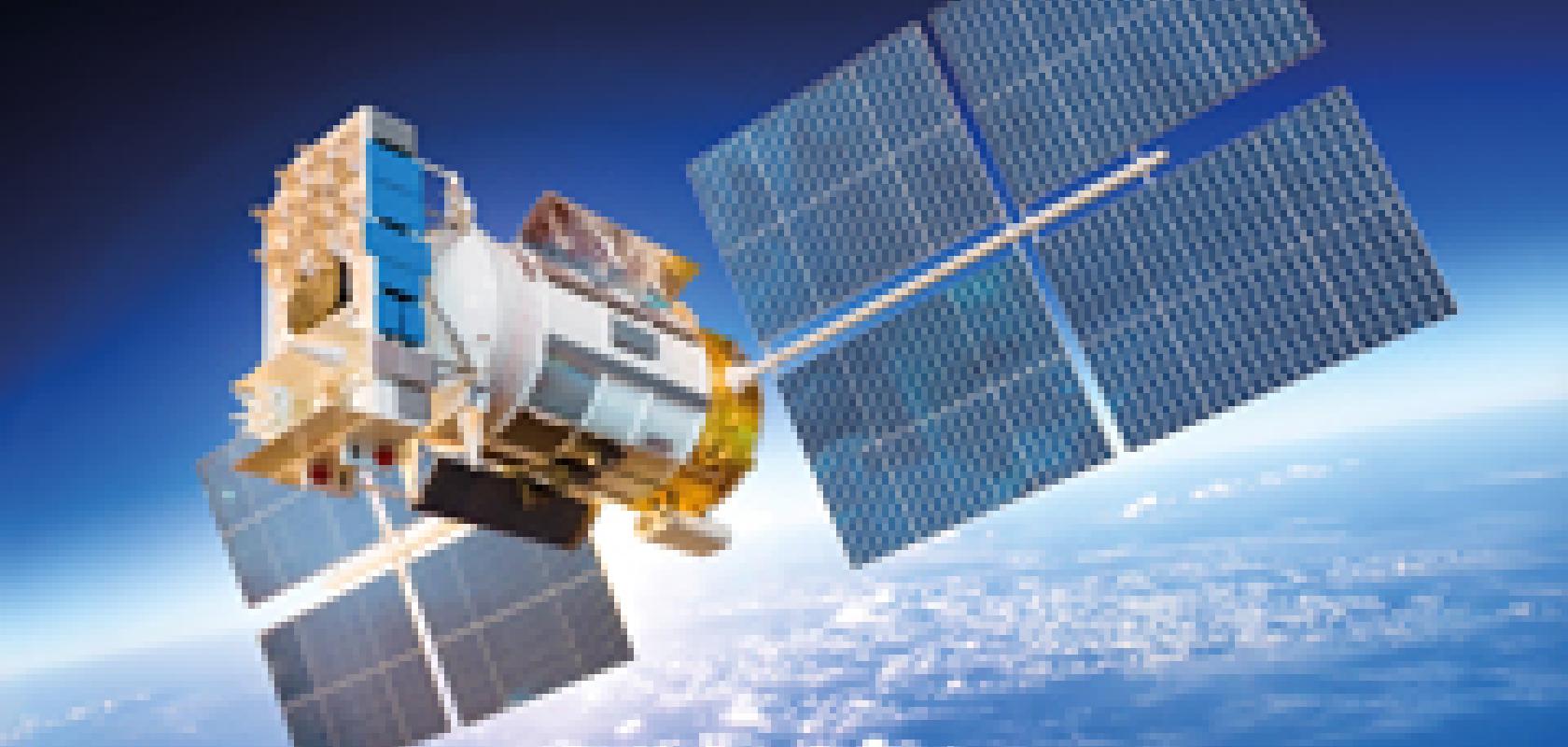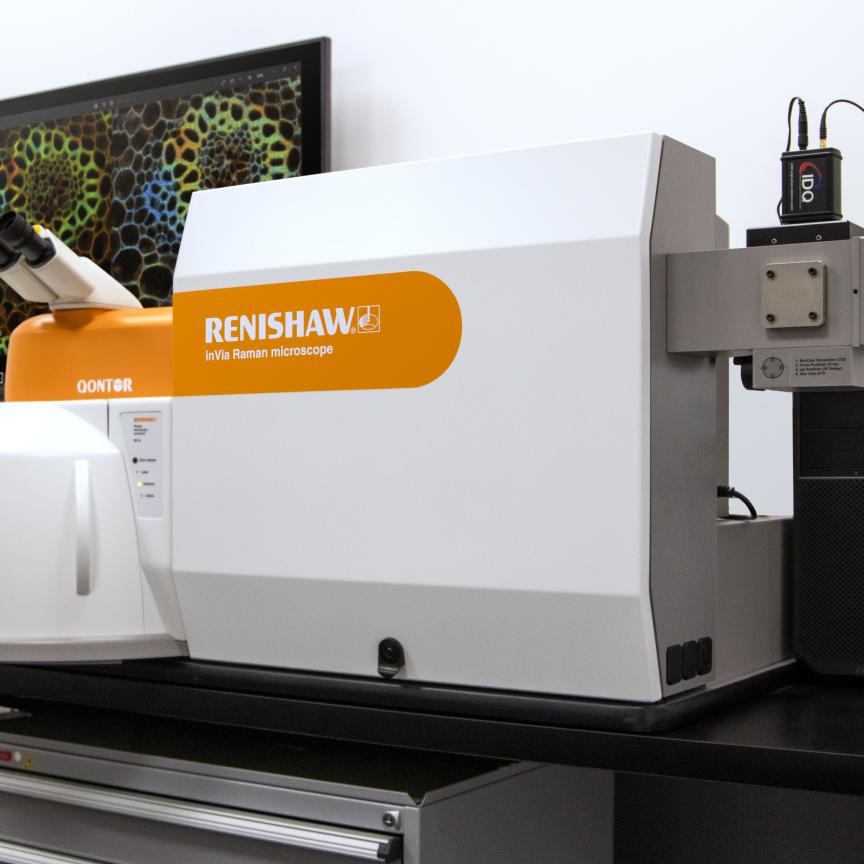Poor air quality accounts for around 5.5 million deaths per year1, but despite global efforts to reduce greenhouse gas emissions, atmospheric pollution continues to rise. One of the reasons is that, currently, there is no way of checking whether countries are conforming to international climate agreements.
However, as analytical space instruments continue to improve in performance – such as a European atmospheric monitoring system that will be launched into space later this year – it paves the way for a future international testing system that could lead to better regulation of global gas emissions.
Complying to climate plans
Satellite readings presented at the Living Planet Symposium in Prague in May show that atmospheric methane and carbon dioxide is growing at a rate of 0.3 and 0.5 per cent annually. The results combine data from the European Space Agency’s veteran Envisat satellite and Japan’s GoSat mission.
The reason for this increase is not fully understood, but scientists have attributed it to several sources such as agriculture and fossil fuels.
At the Paris climate conference in December 2015, 195 countries formed the first-ever legally-binding global climate deal. The agreement sets out a global action plan to put the world on track to avoid dangerous climate change by limiting global warming to below 2°C. Before and during the Paris conference, countries submitted national climate action plans, known as INDCs, to the United Nations.
As part of its climate action plan, the EU has committed to cutting its emissions by at least 40 per cent below 1990 levels by 2030 and, on 30 June, the UK government announced an ambitious new target of a 57 per cent reduction on 1990 carbon levels by 2030. However, government advisors have already warned that the UK has no policies in place to meet more than half of the carbon emission cuts.
To make sure countries comply with climate targets, plans for an ‘international greenhouse-gas monitoring system’, capable of verifying global gas emissions, are under way.
Currently, the regulation of international agreements relies on data that has been self-reported to the United Nations – the European Environment Agency (EEA) is responsible for reporting on behalf of the EU, for example. This data consists of energy-use statistics collected for different industry sectors.
The accuracy of these self-reports cannot be assessed independently, offering limited transparency, particularly in the developing world, which in 2013 accounted for 60 per cent of the world’s CO2 emissions2. China, for example, recently admitted to burning up to 17 per cent more coal a year than the government previously disclosed.
A report released by the European Commission last October assessed the need and opportunity for an independent European space-borne observation capacity for CO2. ‘It is critical that emissions baselines and future reduction efforts can be compared among nations on the basis of transparent, consistent, verifiable and up-to-date information,’ the report said.
Such a system could mean gas emissions of regions, countries, cities, and even large emissions sources like power plants could be regulated more effectively.
And, rather than a single instrument, it would likely consist of a group of satellites, at least three in low-earth orbit and three in geostationary orbit, according to David Crisp, the science team leader for NASA’s Orbiting Carbon Observatory-2 (OCO-2), speaking to MIT Technology Review.
TROPOMI
The EU’s proposal for a system capable of universal monitoring is not anticipated until 2030. In the shorter term, one European space instrument that will help better understand how air pollution is caused and whether international agreements are succeeding is the TROPOspheric Monitoring Instrument (TROPOMI), developed jointly by ESA and Netherlands Space Office (NSO). When launched into the earth’s orbit at the end of this year, it will help in atmospheric research and in mapping air pollution across the world.
TROPOMI will be onboard the Sentinel-5 precursor, a mission that will bridge a gap between two previous satellite missions (ESA’s SCIAMACHY instrument aboard the Envisat satellite and NASA’s OMI instrument aboard the Aura satellite). Without the Sentinel-5 precursor, a gap of several years would occur in the observation of gases in the troposphere.
TROPOMI will circulate in an orbit around earth at an altitude of 824km. From this position, it will map the entire atmosphere on a daily basis, with spatial resolution of 7 × 7km. This high resolution makes it possible to detect air pollution down to city level.
The system will measure trace gases such as ozone, nitrogen oxide and carbon monoxide with accuracy one order of magnitude better that existing space instruments. ‘The accuracy has improved by an order of magnitude and the spatial resolution has improved by a factor of six compared to the OMI, and by a factor of 60 compared to the SCIAMACHY,’ said Johan de Vries, specialist of remote sensing at Airbus Defence and Space Netherlands, a supplier of high-tech products and services for the international aerospace industry that helped build the TROPOMI, OMI and SCIAMACHY measuring systems. ‘So, the capability of the instrument to pinpoint sources and sinks of trace gases is a lot better.’
On the Sentinel-5 precursor, TROPOMI will travel in a polar orbit. ‘It measures a kind of “stripe” on the earth – a strip of land 2,700km wide and 7km in the north-south direction. The strip is imaged onto a spectrometer slit, and there in the spectrometer, and using gratings afterwards, the colours are separated. Then the strip is imaged onto two-dimensional detectors to have colours in one direction, and the across flight spatial information in the other direction,’ explained de Vries.
The Airbus Defence and Space Netherlands team hope that, in addition to improving climate monitoring, the knowledge and expertise from developing TROPOMI can be focused on commercialising some of its technology, for example the spectrometer gratings.
It is hoped that the advances made in this project will act as a base for a universal gas monitoring system that could one day ensure the proper regulation of global gas emissions, an important factor for controlling climate change.
References
1Forouzanfar MH, et al. Global, regional, and national comparative risk assessment of 79 behavioral, environmental and occupational, and metabolic risks or clusters of risks in 188 countries, 1990-2013: a systematic analysis for the Global Burden of Disease Study 2013. The Lancet. 2015 Dec 5;386(10010):2287-323.
2 http://edgar.jrc.ec.europa.eu/news_docs/CO2_report_22-10-2015.pdf
In contrary to measuring gas emissions from space, miniature spectroscopy instruments can be used on earth for measuring local air quality.
Using an Ocean Optics Maya2000 Pro spectrometer and a HL-2000 tungsten halogen light source, Dr Yvette Mattley demonstrated at Photonics West in San Francisco earlier in the year how miniature spectroscopy can be used to make a transmission measurement across a motorway. ‘As the car exhaust passes through our light path, we see a decrease in our transmission that then is tied to the air pollution index,’ said Mattley. ‘Using this setup, we can monitor particular air pollutants in real time across a busy road.’
Miniature spectrometers can also be placed at the top of tall buildings for analysing air pollution at higher levels
in the atmosphere. ‘We can track this over time to determine when this air quality is at its poorest. This type of open path configuration could be used as a centre network deployed throughout a city, to determine the sources of the highest pollution.’


